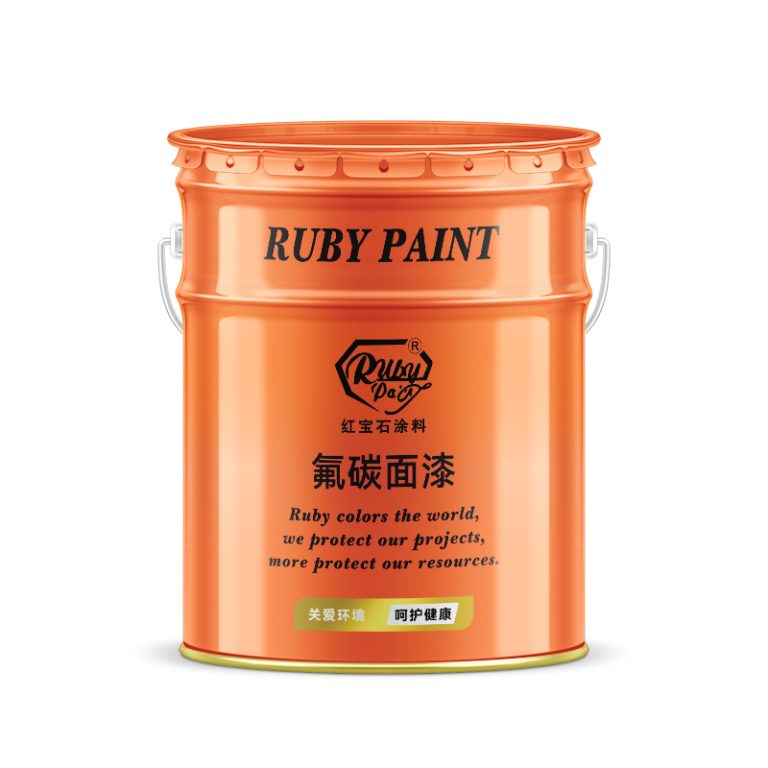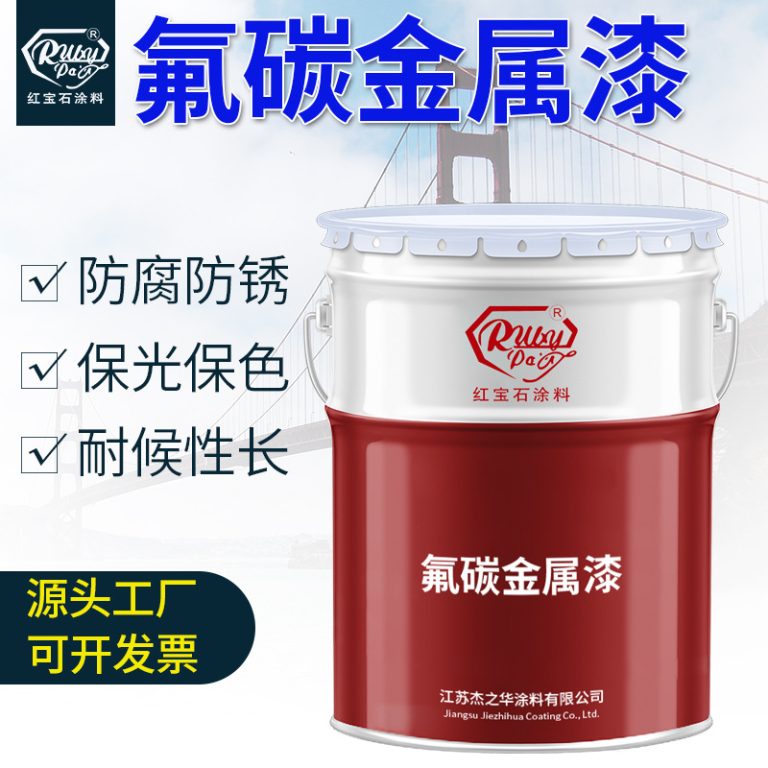Table of Contents
Safety Precautions When Using Paint Remover on Carbon Fiber
When working with paint remover on carbon fiber, it is crucial to prioritize safety precautions to prevent damage to the material and ensure personal safety. Carbon fiber, a strong and lightweight material, is widely used in various industries, including automotive, aerospace, and sporting goods. However, its unique properties require careful handling, especially when removing paint or coatings.
| Nr. | Product Name |
| 1 | Fluoracarbon finish paint |
| No. | Commodity Name |
| 1 | Fluoracarbon paint |
First and foremost, it is essential to choose the right type of paint remover. Not all paint removers are suitable for use on carbon fiber, as some chemicals can weaken the material’s structural integrity or cause discoloration. It is advisable to opt for a product specifically designed for use on carbon fiber or to consult the manufacturer’s recommendations. This will help ensure that the paint remover effectively strips the paint without harming the underlying material.
Before applying the paint remover, it is important to prepare the work area properly. This includes ensuring adequate ventilation to avoid inhaling potentially harmful fumes. Working in a well-ventilated space or using a respirator can help protect your respiratory health. Additionally, wearing protective clothing, such as gloves, goggles, and long sleeves, can prevent skin and eye irritation from direct contact with the paint remover.
Once the work area is set up, apply the paint remover according to the manufacturer’s instructions. It is important to use the correct amount and allow it to sit for the recommended time. This will help maximize its effectiveness while minimizing the risk of damaging the carbon fiber. After the specified time has elapsed, use a suitable tool, such as a plastic scraper or a soft-bristled brush, to gently remove the paint. It is crucial to avoid using metal tools or abrasive materials that could scratch or damage the carbon fiber surface.
After removing the paint, it is necessary to clean the carbon fiber surface thoroughly. This can be done using a mild soap and water solution or a cleaner recommended by the manufacturer. Proper cleaning will remove any residue from the paint remover and help restore the appearance of the carbon fiber. It is important to dry the surface completely to prevent any water spots or damage.
Finally, it is advisable to inspect the carbon fiber for any signs of damage or weakening. If any issues are detected, it may be necessary to seek professional help to repair or replace the affected area. Regular inspections and maintenance can help extend the life of carbon fiber components and ensure their continued performance.
In conclusion, using paint remover on carbon fiber requires careful consideration and adherence to safety precautions. By selecting the appropriate paint remover, preparing the work area, applying the product correctly, and cleaning and inspecting the surface afterward, you can effectively remove paint while preserving the integrity of the carbon fiber. Taking these steps will help ensure both personal safety and the longevity of the material, allowing you to enjoy the benefits of carbon fiber in various applications.
Best Paint Removers for Carbon Fiber: A Comparative Analysis
When it comes to removing paint from carbon fiber surfaces, selecting the right paint remover is crucial to ensure the integrity and appearance of the material. Carbon fiber, known for its strength and lightweight properties, is commonly used in automotive, aerospace, and sporting goods industries. However, its sensitivity to certain chemicals necessitates careful consideration when choosing a paint remover.
One of the most effective and safest options for carbon fiber is a solvent-based paint remover. These removers typically contain chemicals such as acetone, methylene chloride, or N-methyl-2-pyrrolidone (NMP), which can effectively dissolve paint without damaging the underlying carbon fiber. It is important to note, however, that some solvent-based removers can be harsh and may require protective gear during application.
Another option to consider is a water-based paint remover. These products are generally less aggressive and more environmentally friendly compared to solvent-based removers. Water-based removers often contain benzyl alcohol or dibasic esters, which can effectively strip paint while being gentler on the carbon fiber surface. This makes them a suitable choice for those looking for a safer alternative without compromising on effectiveness.
In addition to chemical removers, mechanical methods such as sanding or abrasive blasting can also be used to remove paint from carbon fiber. However, these methods require precision and care to avoid damaging the fibers. It is advisable to use low-abrasive techniques and to constantly monitor the process to prevent any harm to the carbon fiber structure.
When comparing different paint removers, it is essential to consider the specific requirements of the task at hand. For instance, if speed is a priority, solvent-based removers may be preferable due to their rapid action. On the other hand, if preserving the environment and minimizing health risks are important, water-based removers would be a better choice.
It is also important to take into account the compatibility of the paint remover with the type of paint that needs to be removed. Some removers may be more effective on certain types of paint, such as acrylics or enamels, while others may struggle with tougher coatings like epoxy or polyurethane. Consulting the manufacturer’s guidelines or conducting a small test on an inconspicuous area can help determine the best product for the job.

In conclusion, choosing the right paint remover for carbon fiber involves weighing the benefits and drawbacks of different types of removers, considering the specific needs of the project, and ensuring compatibility with the paint and material. Whether opting for a solvent-based, water-based, or mechanical method, it is crucial to proceed with caution and follow safety guidelines to protect both the user and the material. By carefully selecting the appropriate paint remover, one can effectively and safely restore the original beauty of carbon fiber surfaces.




